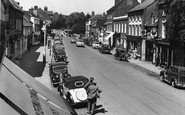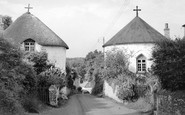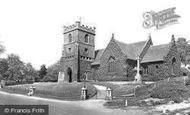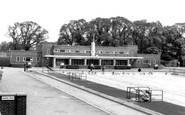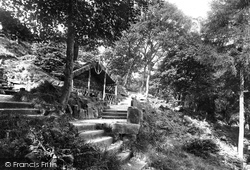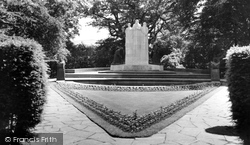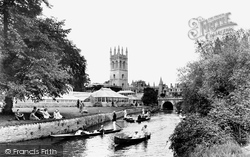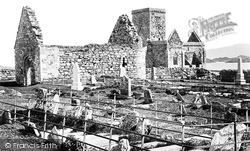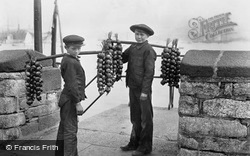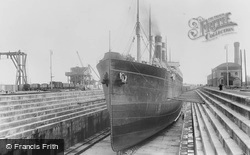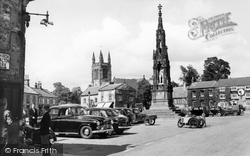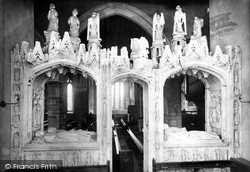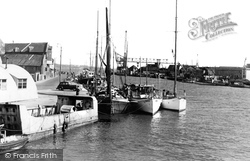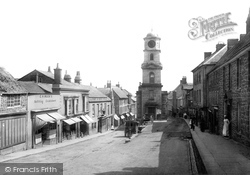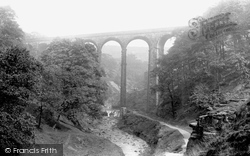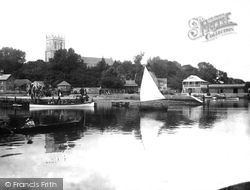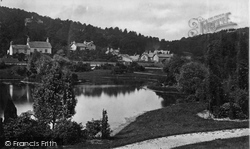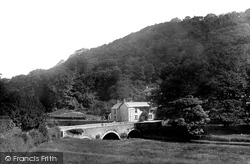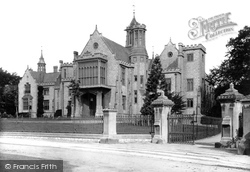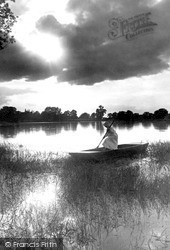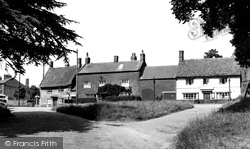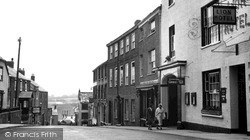Places
18 places found.
Those places high-lighted have photos. All locations may have maps, books and memories.
- Hythe, Kent
- Hythe, Hampshire
- Small Hythe, Kent
- Bablock Hythe, Oxfordshire
- Methwold Hythe, Norfolk
- Hythe, Somerset
- Hythe, Surrey
- Hythe End, Berkshire
- The Hythe, Essex
- Egham Hythe, Surrey
- West Hythe, Kent
- New Hythe, Kent
- Broad Street, Kent (near Hythe)
- Horn Street, Kent (near Hythe)
- Newbarn, Kent (near Hythe)
- Newington, Kent (near Hythe)
- Broad Street, Kent (near Hythe)
- Stone Hill, Kent (near Hythe)
Photos
360 photos found. Showing results 1,041 to 360.
Maps
101 maps found.
Books
10 books found. Showing results 1,249 to 10.
Memories
4,406 memories found. Showing results 521 to 530.
Memories Of Kerry
It always felt great to be in the town of Kerry. It was the halfway stop to our holiday in a Towyn caravan with no toilet. Dad always used to make a joke of visiting the Toilidoos. He could not pronounce the Welsh version. The old ...Read more
A memory of Kerry in 1977 by
A Beautiful Place
I arrived in 1953 to live with my father and stepmother in Marbury. I have very mixed feelings of my life here. The countryside was beautiful, my love of nature and animal life has never left me. Bill's lawns (our name for the ...Read more
A memory of Marbury in 1953 by
The Wakely Family
I was born in Lower Shillingford (Shillingford Abbot) in 1939. My grandparents Francis and Jane Wakely lived in Rectory Cottage, Higher Shillingford (Shillingford St George). My grandfather was gardener at the ...Read more
A memory of Shillingford St George by
Nash School
I went to live in Nash in 1955 as a foster child. I attended Nash School from 1955 - 1958 when Mrs Jones was the headmistress. The school sadly closed in 1958 and we were moved to Burford School near Tenbury Wells. Life at Nash ...Read more
A memory of Tenbury Wells in 1955 by
My Fathers Birthplace.
My father Cornelius Henry Johns (Naily to everyone who knew him) was born in the little Round House on the left of the photo. He was the youngest of a large family, and there were 11 people living there in 1899. They then moved ...Read more
A memory of Veryan in 1890 by
Flimby
I cannot remember a time where Flimby did not feature in my life. My father was born on Ryehill Road, and my grandfather was born and bred in Flimby. It once was a pit village and my grandfather John Watters was an engineer, his father was ...Read more
A memory of Flimby by
St Andrew's Church
Wow, I have many fun memories about St Andrew's Church, living next door for many years and being a member in my younger years. To me it was like my second home. Does anyone remember Skipp? He was a lovely man, I got ...Read more
A memory of Stanstead Abbotts in 1972 by
The Real Winters Of The 1940s
I recall, with the occasional shudder, the freezing cold winters of the 1940s. I spent Saturday evenings earning a couple of shillings (that's 10p to you youngsters!!) working from 4.30pm to 6.00pm selling ...Read more
A memory of Motspur Park in 1948 by
Kingsbury Road Prefabs
We lived in the prefabs in Kingsbury Road from 1955 until 1961, when we moved to Maple Grove off Church Lane. I remember taking our pets to the PDSA van in the swimming pool car park, which was a 300 yard walk for us. As ...Read more
A memory of Kingsbury in 1958 by
Escrick Park Gardens Market Gardens 1950 1966
My aunt and uncle - Mr and Mrs George Pratt - used to manage the market gardens in Escrick. We had many happy holidays there, and I remember the peaches and apricots growing up the wall, rows and rows ...Read more
A memory of Escrick in 1950 by
Captions
4,899 captions found. Showing results 1,249 to 1,272.
The land was given to the town in 1887 by the Lord of the Manor, Charles Marmaduke Middleton.
Dating from 1926, the war memorial was opened by the Earl of Derby, though its cost was borne by Caleb Thornber, a cotton manufacturer and former Mayor of Burnley.
By the date of this picture, its working days were over, leaving a pleasant riverside town, well loved for its ornate architecture.
It is owned by the Parish Council and provides 24-hour public mooring, but boat storage and other mooring is reserved for parishioners under a permit scheme.
Lying in the shadow of Magdalen Tower are the buildings of the University Botanic Garden, founded in 1621 by the Earl of Danby and established on the site of a 13th-century Jewish burial ground.
The ruined Romanesque chapel stands by the graveyard. Iona is the oldest Christian burial ground in Scotland and contains the graves of many kings and chieftains.
Two young lads stand by the harbour wall with their strings of onions. With their grimy jackets and trousers, they give every impression of having endured an uncomfortable passage.
Southampton's other main dry dock, Trafalgar, was opened in 1905 and probably would have been used by the 'Titanic' had she survived.
During the Civil War, Helmsley Castle was held by the Royalists, but surrendered after being besieged by Sir Thomas Fairfax.
Although damaged by the less than caring attentions of human hands in past centuries, it remains one of the finest examples of its type in the country.
The Nissen hut on the left has today given way to a building occupied by the Lifeboat Station and Dorset Police Marine Section.
This scene is dominated by the granite clock tower, which was erected in 1839. Behind it is the Town Hall of 1825, containing council chambers, a market hall and a police station.
This once thickly-wooded dell on both sides of the River Spodden had been thinned out somewhat by the 1890s.
In 1832 a consortium led by the Earl of Morley established the first steam ferry.
The present church was begun at the end of the 11th century by the Norman cleric Roger Flambard.
Southampton's other main dry dock, Trafalgar, was opened in 1905 and probably would have been used by the 'Titanic' had she survived.
The most obvious change is the replacement of the central lamp standard by the March Brothers' splendid war memorial.
The artificial lake occupies land formerly lapped by the sea before the railway cut it off from the shore. The houses were then just above the shoreline.
Penny Bridge over the River Crake was a creek port under the control of Lancaster; there was a quay by the bridge.
Taunton had neither a Mayor nor a Corporation for much of the 19th century: its affairs were administered by the Market Trust.
Imagine the pleasure of gliding along between meadow grass and wild flowers on the banks, accompanied by the music of birdsong.
As this was once the Wheatsheaf public house mentioned in the caption to A139009 (page 66), it had obviously closed by the time this photograph was taken. Today it is a private house.
This famous shopping street started in the 1760s as a row of elegant houses designed by the architect John Wood.
The building by the pole on the left was built as a Public Dispensary in 1804, and provided free medical attention for the poor.
Places (18)
Photos (360)
Memories (4406)
Books (10)
Maps (101)

